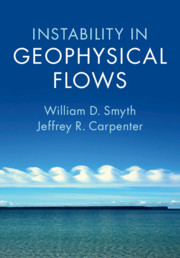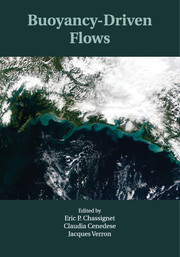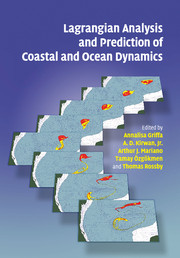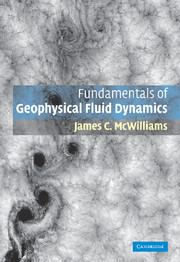Instability in Geophysical Flows
Instabilities are present in all natural fluids from rivers to atmospheres. This book considers the physical processes that generate instability. Part I describes the normal mode instabilities most important in geophysical applications, including convection, shear instability and baroclinic instability. Classical analytical approaches are covered, while also emphasising numerical methods, mechanisms such as internal wave resonance, and simple `rules of thumb' that permit assessment of instability quickly and intuitively. Part II introduces the cutting edge: nonmodal instabilities, the relationship between instability and turbulence, self-organised criticality, and advanced numerical techniques. Featuring numerous exercises and projects, the book is ideal for advanced students and researchers wishing to understand flow instability and apply it to their own research. It can be used to teach courses in oceanography, atmospheric science, coastal engineering, applied mathematics and environmental science. Exercise solutions and MATLAB® examples are provided online. Also available as Open Access on Cambridge Core.
- Develops simple 'rules of thumb' for all classes of instabilities so that researchers can quickly estimate the potential for instability in any observation or measurement
- Teaches numerical methods for two-point boundary value problems, enabling the reader to develop a toolkit of codes for use in their research on instabilities and internal waves
- Focuses on mechanistic explanations for instabilities, enabling students to gain physical insight and make connections to their own experience of fluid phenomena
- This title is also available under Gold Open Access on Cambridge Core
Reviews & endorsements
'Written with impressive clarity, this new textbook covers all the key types of geophysical instability and provides a window to more advanced topics such as transient optimal growth and transition to turbulence. In addition to presenting the mathematical fundamentals the authors present satisfying physical explanations for the complex mechanisms, while throughout the text (and homework exercises) numerical methods and simple codes are used to familiarise students with this important tool for simulating instability mechanisms numerically. For all these reasons it is truly an outstanding textbook - for class teaching or self-study. I will use it myself to create a new graduate course!' Eyal Heifetz, Tel Aviv University
'… large number of analytical and numerical exercises, make the book suitable for use in teaching a graduate or upper-level undergraduate course on the subject of geophysical fluid dynamics. The material covered would be helpful both to atmospheric science students and researchers who wish to understand the mathematical theory and numerical simulation techniques and to applied mathematics students and researchers who wish to learn more about the geophysical processes and the mechanisms that lead to the instabilities.' Lucy J. Campbell, Mathematical Reviews Clippings
Product details
April 2019Paperback
9781108703017
338 pages
245 × 170 × 24 mm
0.86kg
144 b/w illus. 115 colour illus.
Available
Table of Contents
- Preface
- Part I. Normal Mode Instabilities:
- 1. Preliminaries
- 2. Convective instability
- 3. Instabilities of a parallel shear flow
- 4. Parallel shear flow: the effects of stratification
- 5. Parallel shear flow: the effects of viscosity
- 6. Synthesis: viscous, diffusive, inhomogeneous, parallel shear flow
- 7. Nonparallel flow: instabilities of a cylindrical vortex
- 8. Instability in a rotating environment
- 9. Convective instability in complex fluids
- 10. Summary
- Part II. The View Ahead:
- 11. Beyond normal modes
- 12. Instability and turbulence
- 13. Refining the numerical methods
- Appendix A. Homework exercises
- Appendix B. Projects
- List of illustrations
- List of tables
- References
- Index.









